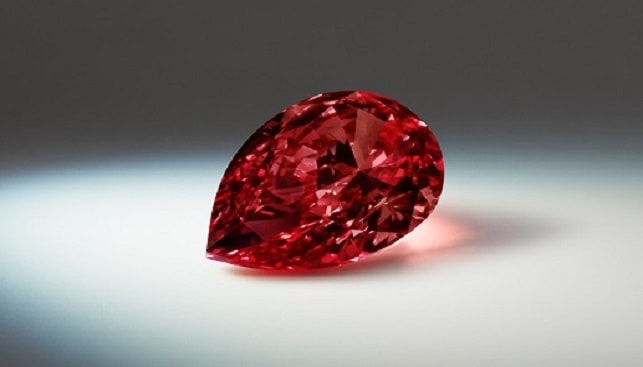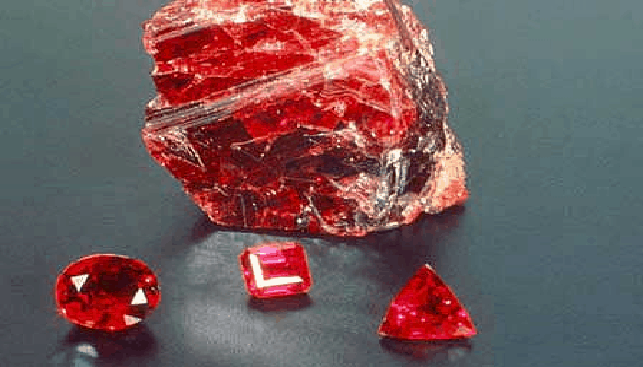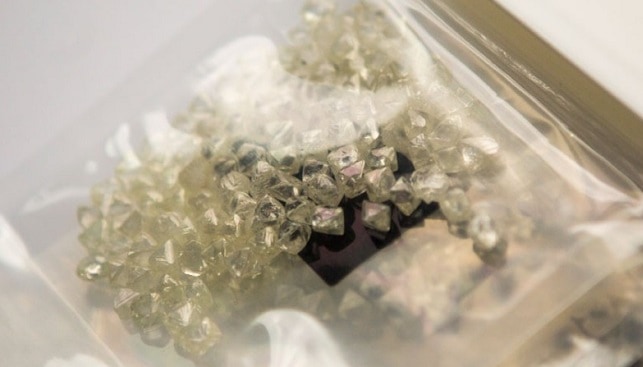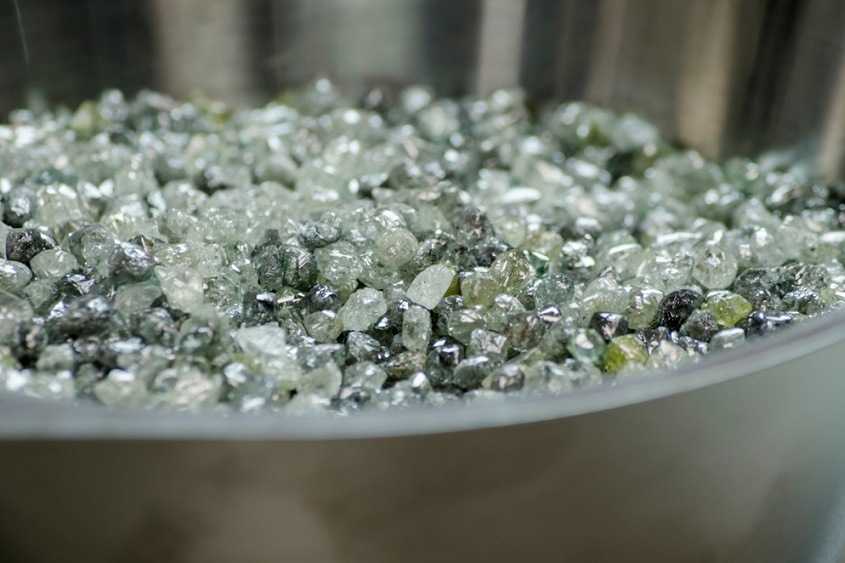A carat is the unit used to measure the weight of diamonds and other precious stones. Carat, with a “c,” should not be confused with “karat,” which is a measurement that denotes the purity of gold. The term carat can be traced back to the ancient Mediterranean, where gem traders would use carob seeds – which have virtually no size variation – to weigh gemstones. In Arabic, “carob” is qirat – which became keration in Greek and eventually evolved into the modern carat.
Prior to the advent of the metric system in Europe, one carat equaled 4 grains Troy weight (205.3 milligrams.) Later, the carat was assigned a metric weight of 200 milligrams. The US jewelry and diamond industry adopted this as the standard carat weight in 1914.
Just as a dollar is subdivided into cents, a carat can be broken down into points, with 100 points equaling one carat. A half-carat diamond is 50 points, while a 75 point stone is a 3/4 carat diamond.
Small or large, a diamond’s cost has two elements – the total price of the diamond and the per-carat price, which depends on a number of factors, including size, color and clarity. The per-carat price is an interesting parameter in that it is not fixed, but increases exponentially with the size of the stone, since larger diamonds are significantly rarer than smaller ones. A one-carat diamond has a lower per-carat price than a two-carat diamond of comparable clarity, color, and cut.
Diamond production is also measured in carats, as well as by value. For example, according to a recent Kimberley Process Annual Global Summary, the Russian Federation produced $2.34 billion worth of rough diamonds – 34.7 million carats.














